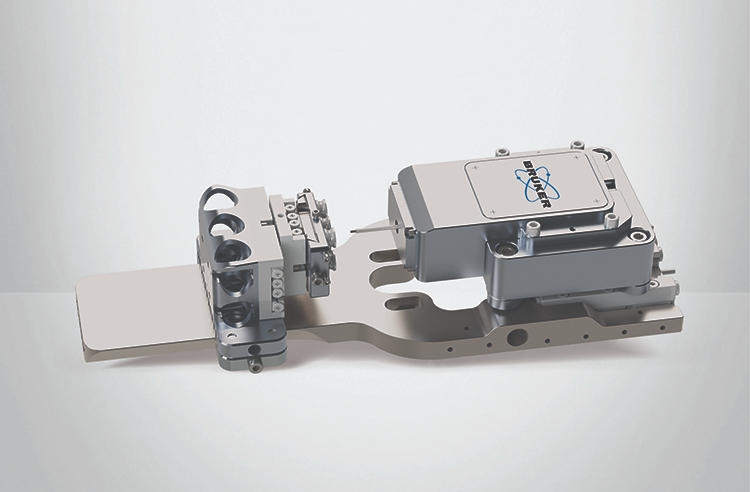The Bruker Nanomechanical Testing business today announced the release of the Hysitron PI 89 SEM PicoIndenter™ to provide nanomechanical testing capabilities inside a scanning electron microscope (SEM) at higher loads and in more extreme environments than previously possible. This benefits researchers’ understanding of the deformation mechanisms of high-strength materials. The new system combines Bruker’s high-performance controller with exclusive capacitive transducer and intrinsic displacement technologies to enable unmatched force and displacement ranges.

The PI 89 SEM PicoIndenter is the first in-situ instrument with two rotation and tilt stage configurations. This enables flexible sample positioning toward the electron column for top-down imaging, tilting toward the FIB column for milling, spindle rotation for crystallographic alignment, and compatibility with a wide range of detectors to enable structure-property correlation of complex materials.
“The University of Alabama is excited to be the first recipient of Bruker’s Hysitron PI 89 SEM PicoIndenter in-situ nanomechanical testing unit,” said Dr. Gregory Thompson, Director of the Alabama Analytical Research Center. Professor of Mechanical Engineering Dr. Keivan Davami added, “The state-of-the-art capabilities of this platform to achieve extremes in temperature while simultaneously applying load will provide unprecedented structure characterization capture, including Transmission Kikuchi Diffraction and Electron Backscattered Diffraction, in support of multiple research programs.”
“The Hysitron PI 89 instrument is a compelling addition to our pioneering PicoIndenter Series for in-situ nanomechanical testing in electron microscopes,” stated Dr. Oden Warren, General Manager of Bruker’s Nanomechanical Testing business. “The new platform features superior versatility, ease of use, and stiffness to support higher loads, as well as several patented features to provide customers the widest range of testing flexibility and industry-leading performance in their SEMs. We are excited to see the new research this next-generation instrument makes possible.”